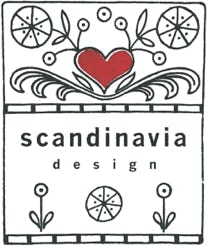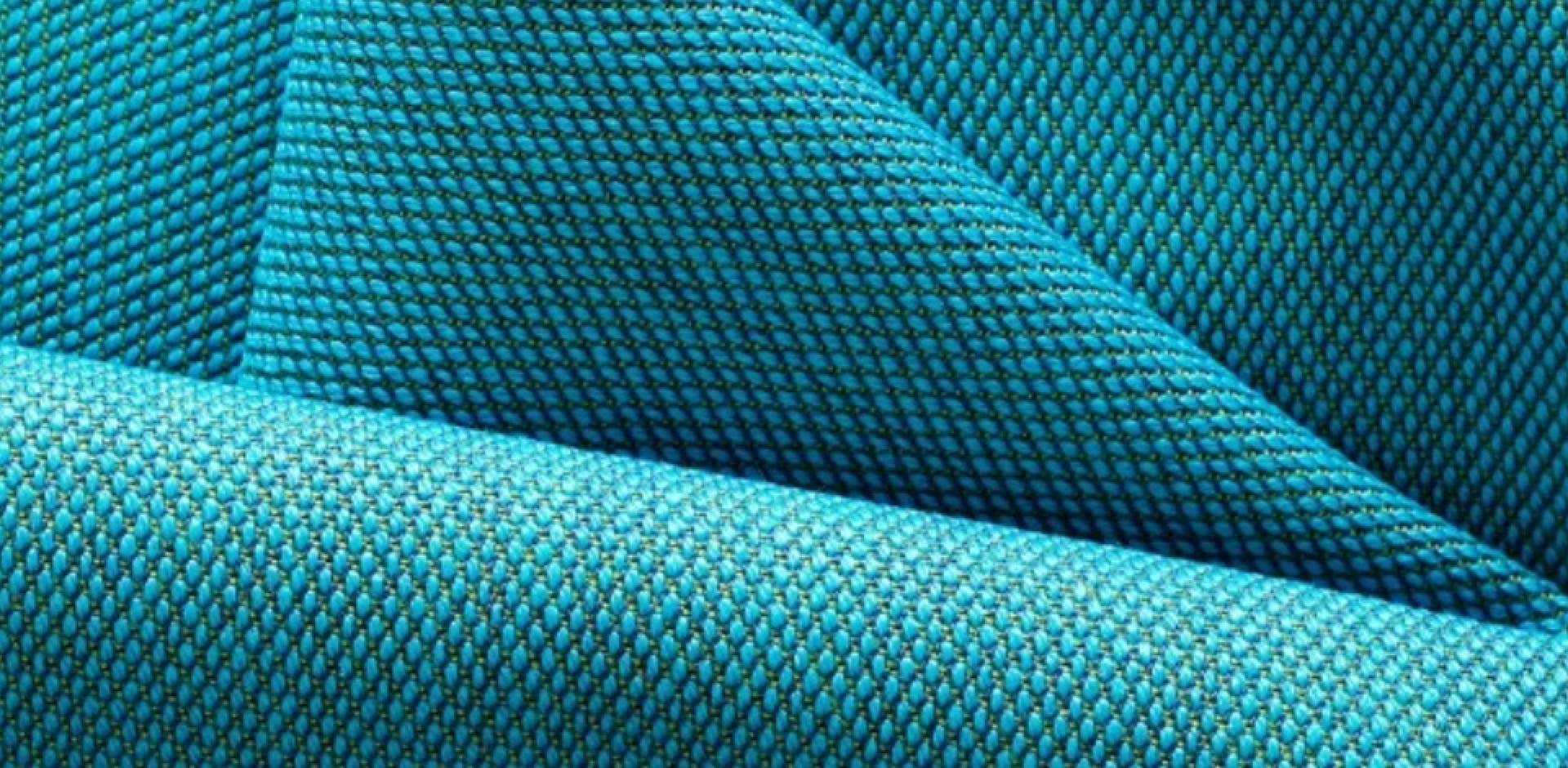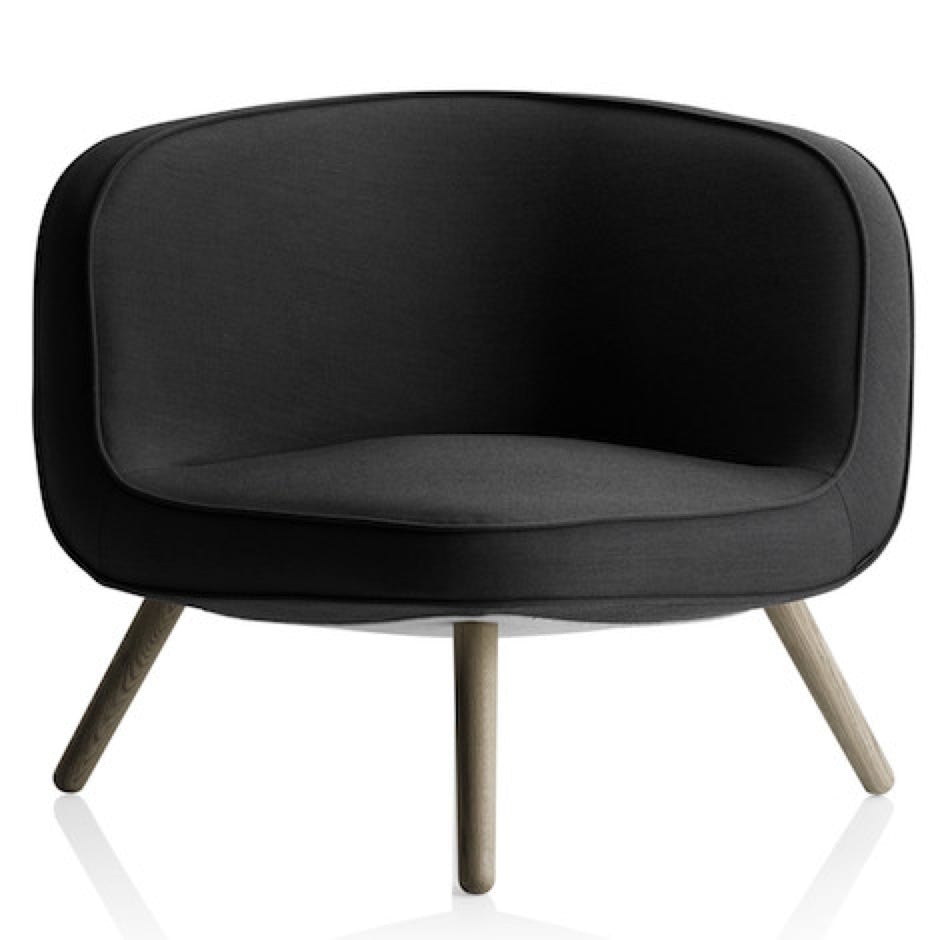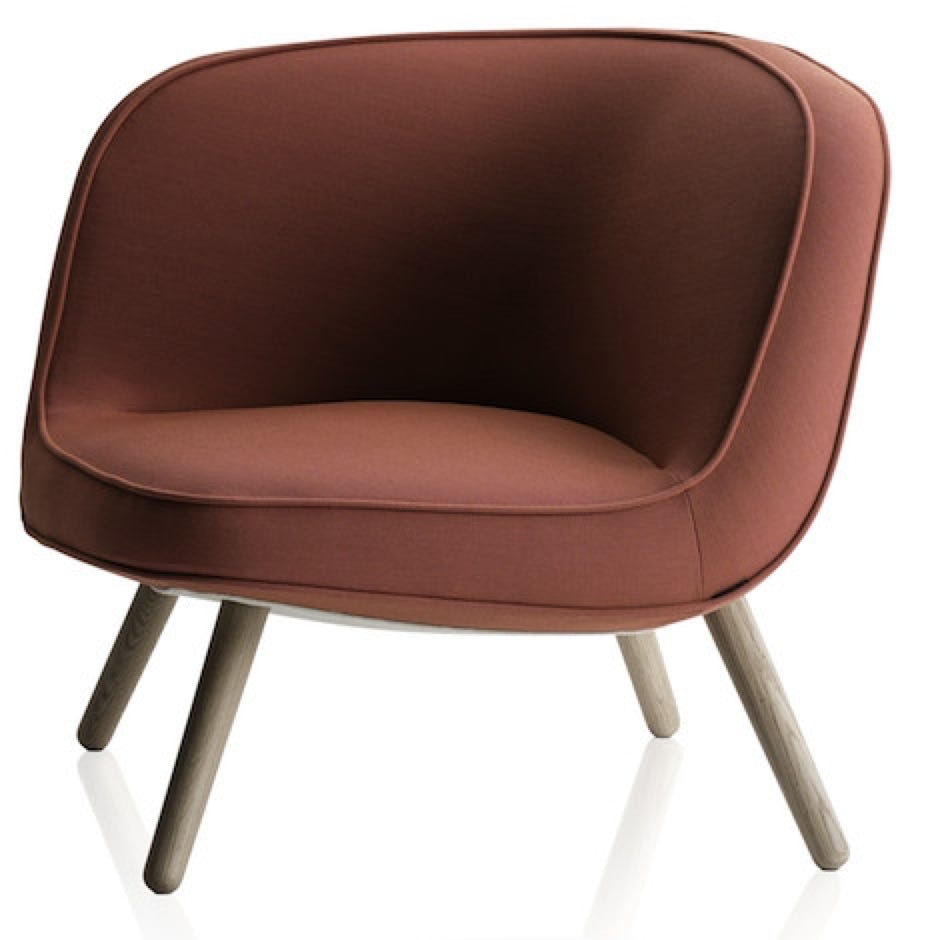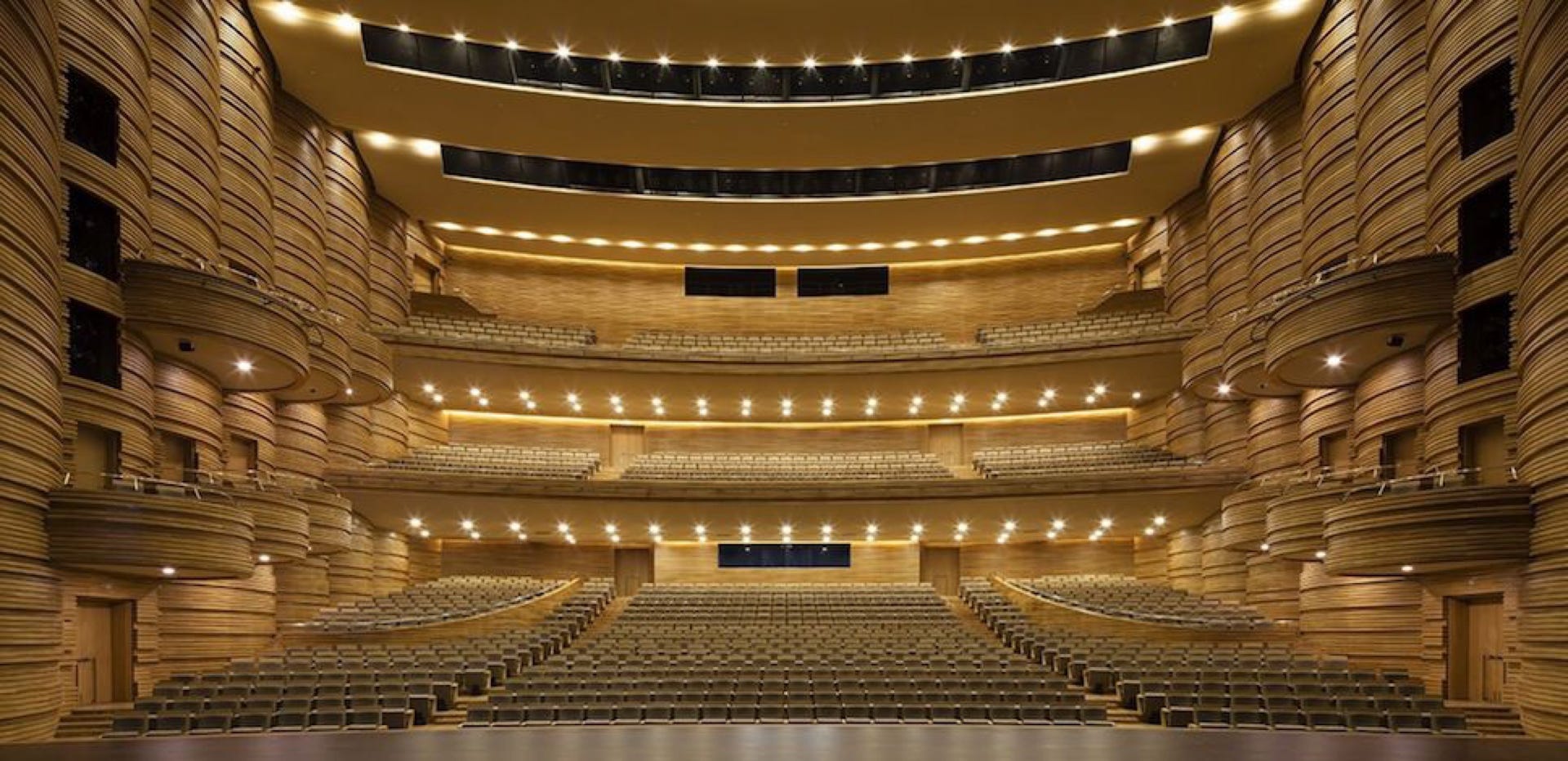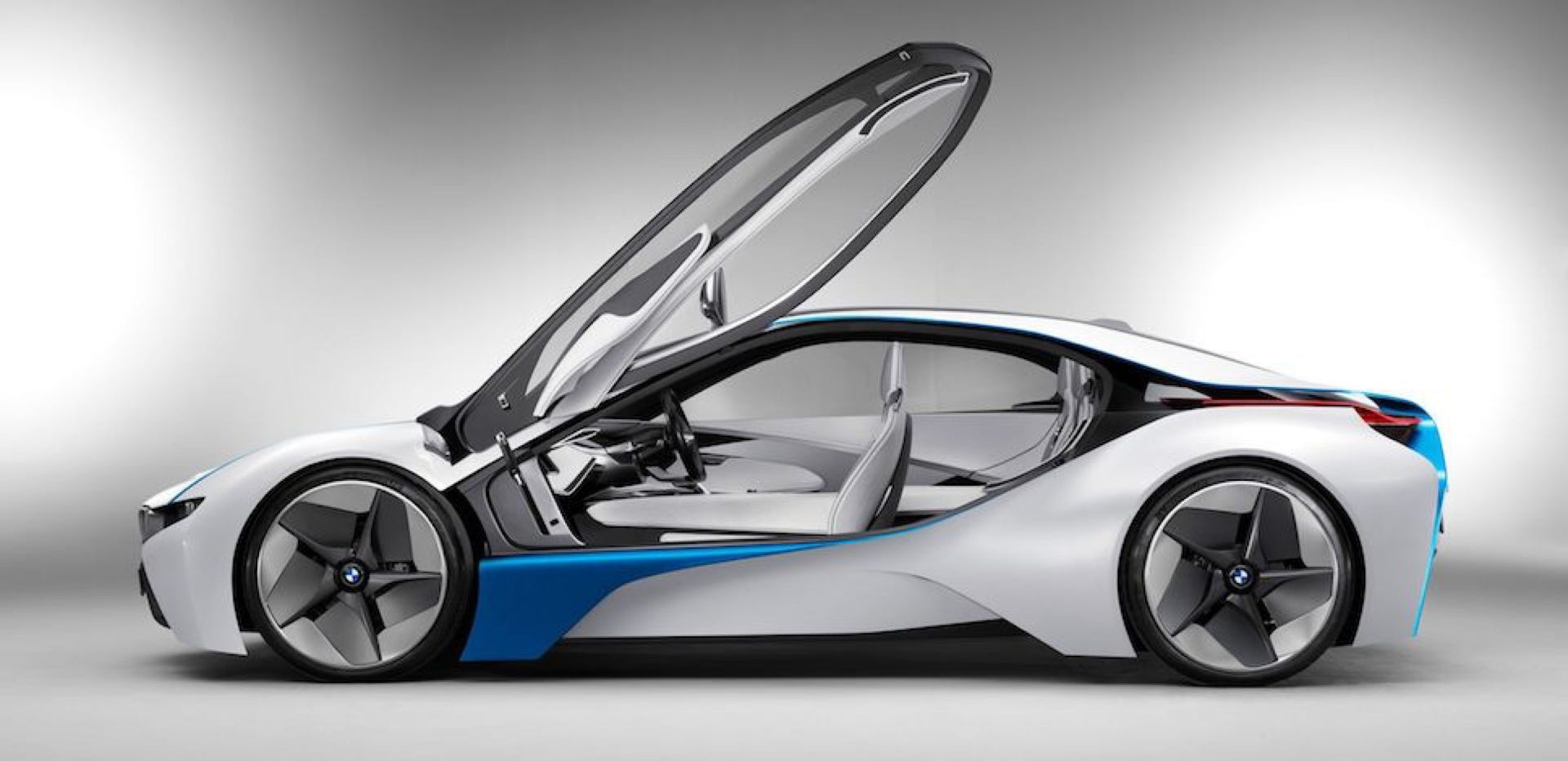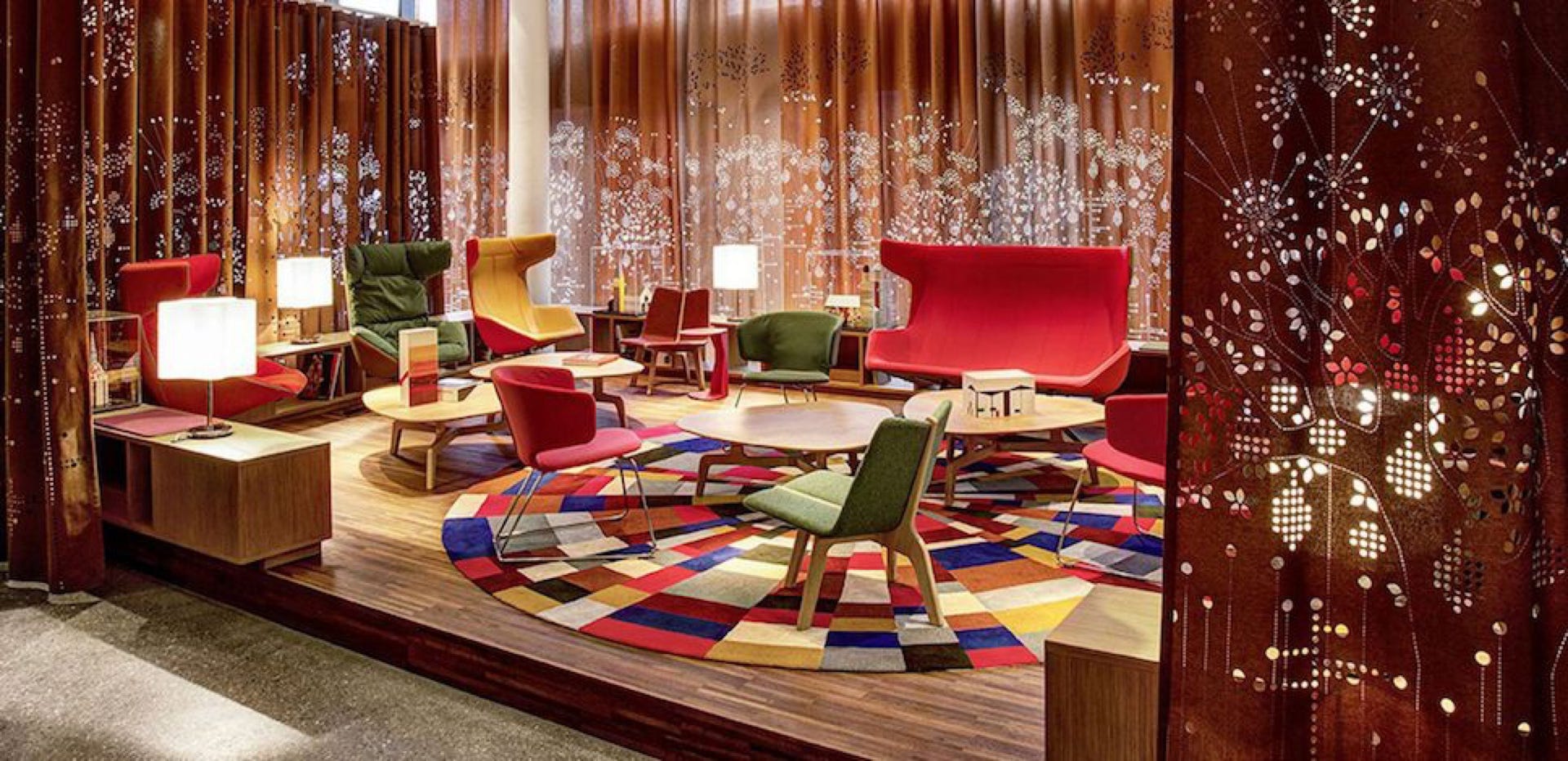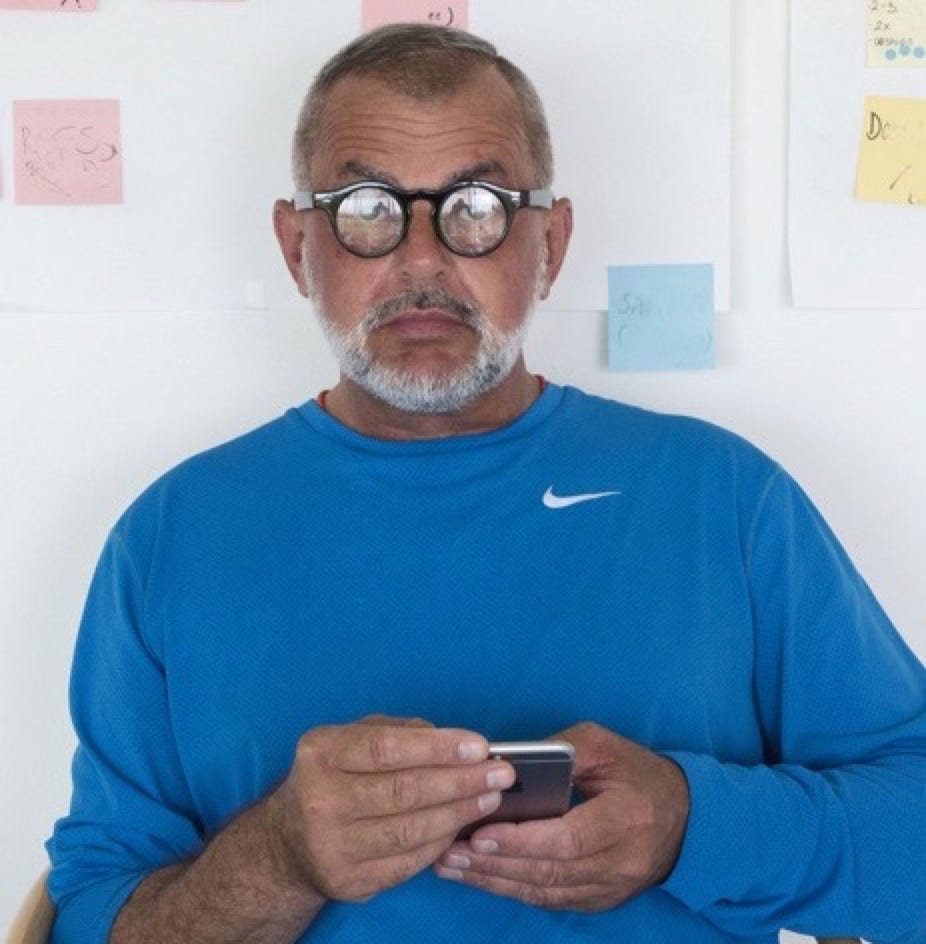Like Steelcut 2, Steelcut Trio features an innovative weave, which gives the fabric a three-dimensional surface resembling small pyramids or steel points and, despite the complexity of the weave, a simple and precise expression.
The difference between Steelcut Trio and Steelcut lies in the way they are coloured. This combination not only accentuates the three dimensional character of the weave, it also adds life to the fabric: though it looks unicoloured from a distance, different shades are revealed as the viewer gets nearer.
Composition 90% new wool, 10% nylon
Width 140 cm
Durability 100.000 Martindale
Technical informations
